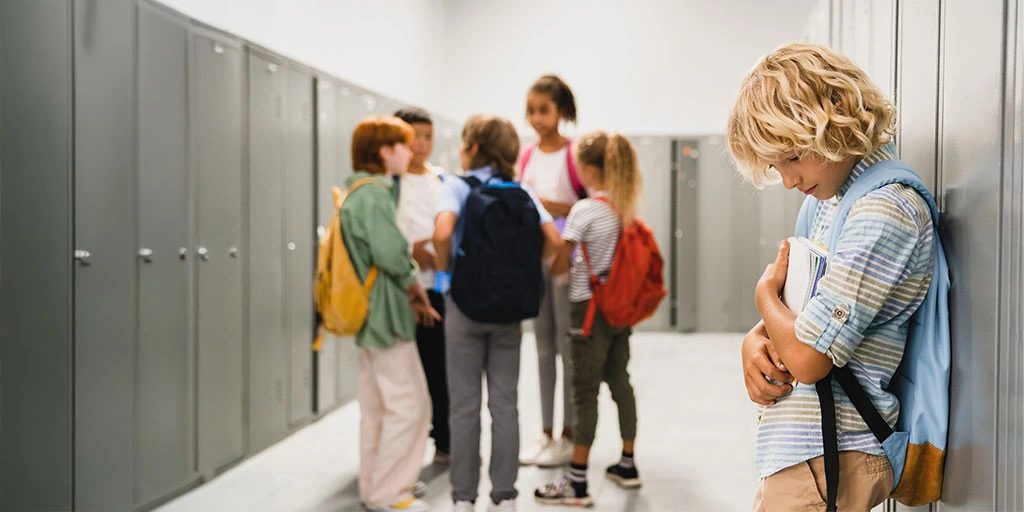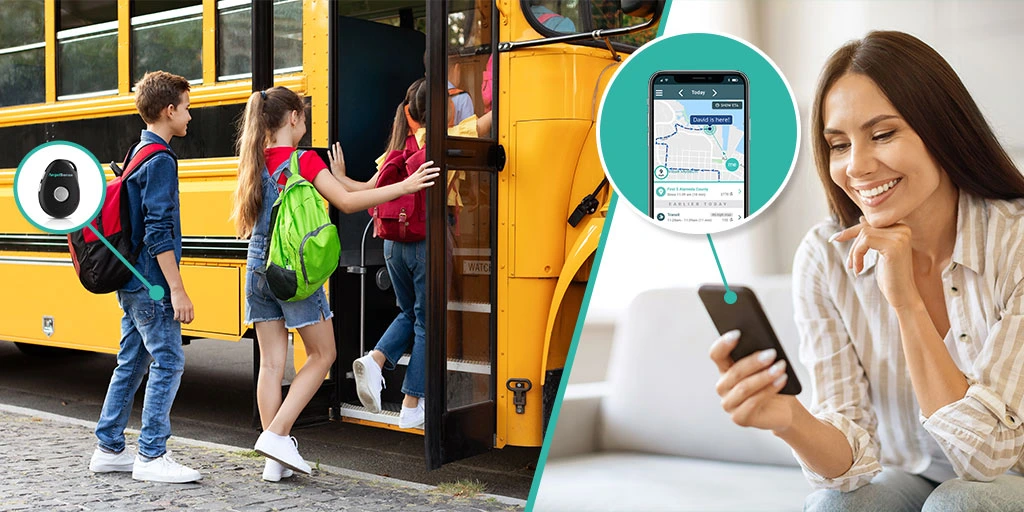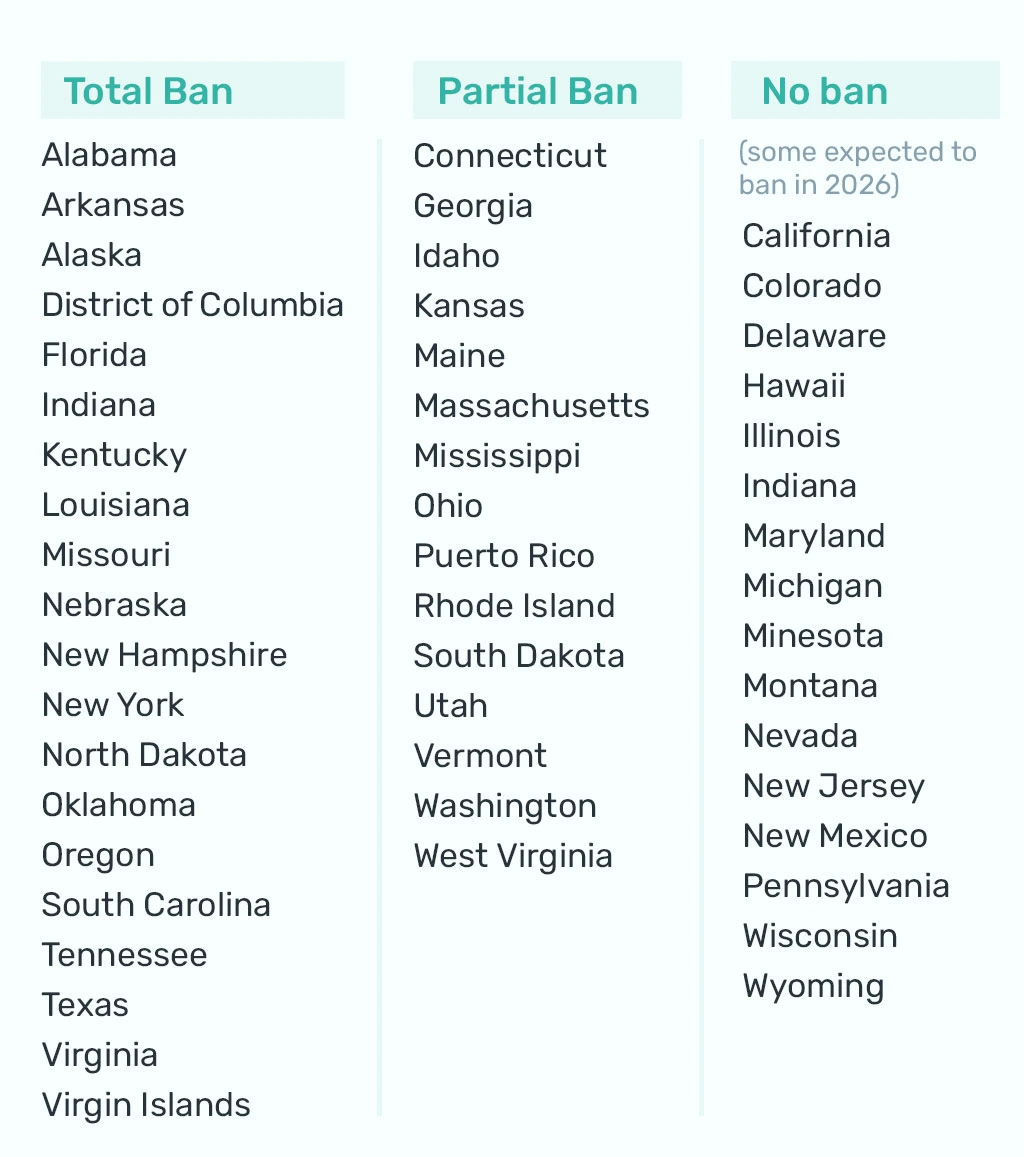The Rise and Impact of Phone Bans in U.S. Public Schools — What States Are Affected & What Parents Can Do
Updated on September 30, 2025As students return to school this fall, the biggest change may not be in the classroom but in their backpacks. Across the U.S., public schools are adopting new policies that restrict — and in many cases, completely ban — smartphones during the school day. What started as a handful of district-level experiments has quickly turned into a nationwide movement, with more than 30 states passing legislation or issuing guidance on cell phone bans in schools. Some of these rules are already in effect for the 2025 school year, while others — like California’s upcoming restrictions — will kick in as late as 2026.
Why now? Lawmakers, educators, and parents increasingly argue that smartphones are more of a distraction than a learning tool. From TikTok scrolling in math class to cyberbullying in hallways, many schools say the risks now outweigh the benefits. That’s why states like Florida, South Carolina, and New York have moved toward total bans, while others such as Georgia and North Carolina are letting districts set their own policies. Meanwhile, states like Arizona, Illinois, and Pennsylvania are still debating what kind of limits to impose.
Still, for many families, these changes mean rethinking how to stay connected to their kids during the school day – and finding the alternative device that’s right for them, and that’s where AngelSense Assistive Technology steps in.

Advantages of Phone Bans
These national and school district phone policies did not arise out of nowhere. There is a growing global movement to counteract the negative effects that students experience when smartphones are accessible at school. According to The Economist, 40% of national education systems have already put phone bans in place, or are in the process of doing so.
Similarly, according to a survey by Pew Research, 74% of adults are in favor of restricting or eliminating the use of mobile phones in schools. Many agree with bans only while kids are in class, while a smaller number (44%) want smartphones gone from school grounds for the whole day. Here are some of the reasons why:
Reduced Distractions
Without the constant pinging and alerts sounded by smartphones – which also disturb students who are not using a device – kids can better focus on reading a textbook, doing an in-class assignment, and hearing what teachers are saying.
Less Misuse
Mobile phones are tempting, especially as recording devices. Students might legitimately use them to record a lesson for later reference. But it’s also likely that they will make a video of themselves or other students doing goofy things specifically because they are being recorded, which disrupts the class or break time. Mobile phones also present an opportunity to secretly record others against their will.
Social-Emotional Benefits
It is this sensitive issue that was the subject of a survey conducted in a Texas high school. The survey found that phone bans encouraged more class participation, as students felt less anxious about being recorded when making mistakes. Without the constant pull of social media, students reported lower stress and greater focus on learning rather than appearances.
Better Grades?
The verdict is still out on whether the cell phone ban will help with grades. Some studies conducted during previous bans show that marks go up, while others demonstrate no benefits. But now, with so many American students going phone-free, there will be a lot more data in the coming year to study.
Disadvantages and Concerns
Not everyone agrees that banning cell phones in schools is the right solution, and many parents have voiced serious concerns.
For countless families, smartphones play an important role in daily routines — from coordinating pickups to reaching a parent when help is needed. They allow both children and parents to stay connected and ease the stress of uncertainty. In many U.S. schools, however, phone policies go beyond silencing devices; they often require students to physically hand them in or keep them locked away. This means that if a child runs into trouble during the school day, they may have no immediate way to contact their caregivers.

Alternatives to Cell Phones
If your child’s school has banned phones, there are still ways to stay connected. There are many smart devices out there that are not smartphones but come close as a communication tool. Before purchasing one, think about its qualities in terms of privacy, reliability, comfort, ease of use, and overall effectiveness.
ABC7 New York’s news recently put out a helpful article listing the top back-to-school tools for monitoring your child in school. Highlighted on ABC7’s list is AngelSense. It’s an assistive technology that comes in the form of a wearable device for kids, and a mobile application for caregivers, that fosters greater independence for children with autism. Its functions include:
- Assistive speakerphone that features auto-pickup, an SOS button, and hands-free operation for both one- and two-way communication
- Proactive monitoring and alert system that automatically lets you know when your child has left a designated area or is in unfamiliar territory (including indoor capability)
- Emergency search tools including real time location updates, runner mode, alarms, location playback, data-sharing with first responders, and a detailed travel timeline
Plus, AngelSense does not include many of the features that parents and teachers find most bothersome in a smartphone. They don’t beep, receive regular notifications, and cannot take pictures. Other students don’t have to worry about potentially being recorded. You can put them in a backpack or carry them as a wearable, and keep them out of sight and mind. Most of all, AngelSense devices are designed for emergency use; otherwise, there is no need to interact with them.

Practical Tips for Parents on School Phone Bans
The first step, of course, is to familiarize yourself with the exact policy that your school/state has adopted. Then, be sure to sit down with your child and go over what this change entails for them. To help prepare you, here are some actions that you can take to stay in touch with your child at school, and maintain your peace of mind.
Be Proactive
New rules often come with confusion. Your child might run into a teacher or administrator who believes that smartphone bans apply to all students. However, governments, school boards, and individual schools have no intention of preventing the legitimate use of mobile phones for:
- Monitoring a student’s medical condition
- Translation or interpretation
- Emergency communications
To ensure that your child keeps necessary devices in their possession, you should check with your school administrators. For instance, Ohio schools might require approval from a physician, while in New York State, device access should be included in IEPs or 504 plans.
Explain Changes to Your Child
Autistic people dislike changes to their routines. If your kid is accustomed to having a phone, it might cause panic if a school staffer takes it away. So, before your child goes back to class, make sure to explain that all kids now need to store their phones (all day or in class, depending on policy), but they will get them back.
Encourage the Use of Alternatives
Any potential discomfort that this causes can be solved with an additional means of communication. As mentioned, AngelSense is an excellent option for children with autism, even those who are non-verbal. When giving a new device to your child, tell them why it’s needed. And, of course, you should explain how to use it.
New Phone Policies? No Problem, with AngelSense
As the wave of school phone bans sweeps across the country, families are being asked to adapt to a new reality: fewer digital distractions for students, but also fewer instant connections between kids and parents. While opinions are divided, the ultimate goal of these policies is to create safer, more focused learning environments. For parents, that means planning ahead, talking with children about what to expect, and exploring tools — from clear communication with schools to assistive technology like AngelSense — that can bridge the gap. By adding AngelSense to your arsenal of autism caregiver tools, you’re actually giving your child greater freedom and independence, rather than less, due to the new rules. The transition may not be seamless, but with the right preparation, families can turn this challenge into an opportunity to help kids thrive both inside and outside the classroom.
A Complete List: Which States Are Banning Phones in Schools 2025?

Get peace of mind from AngelSense, the groundbreaking AI-based assistive technology designed to enhance safety and peace of mind for individuals with special needs and their families. Our solution ensures you stay connected with your loved ones, empowering a higher level of independence while maintaining safety. Learn more about how AngelSense can make a difference for your family.

